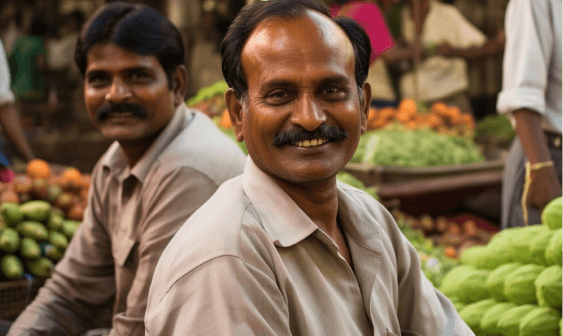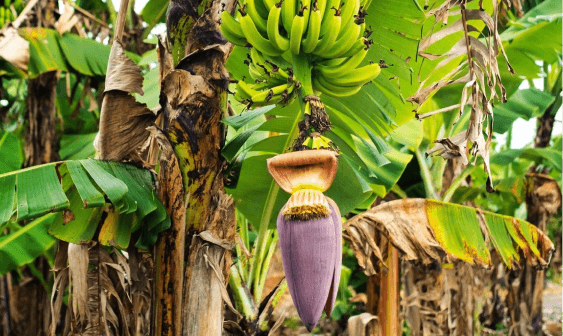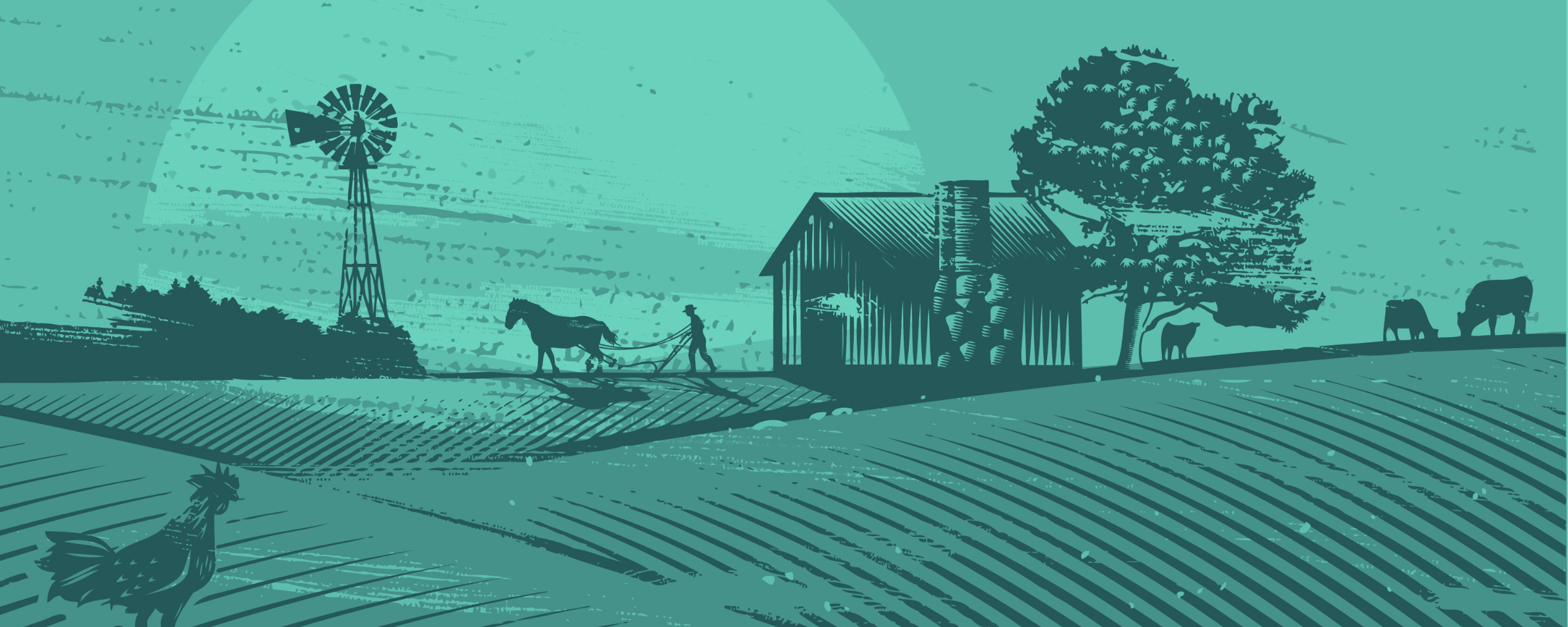Abstract
Increasing demands for food production amid climate change call for innovative solutions. Harnessing the potential of big data and artificial intelligence (AI), Indian farmers can revolutionize agricultural practices. Ayan Gupta (Group CTO, Innoterra) delves into AI’s role in agronomy, enabling smallholder farmers to access actionable insights. This integration not only enhances productivity but also uplifts livelihoods, fostering global food security
Exploring AI Integration in Smallholder Agronomy
Despite being situated in a developing country with its own resource challenges, the interest in adapting
technology shown by the Indian farmers is quite exemplary in my experience. Not only do the farmers know about and access app-based knowledge and communities, their lives are directly impacted through solutions to improve crop monitoring, precision farming, price prediction models, and soil quality assessment. To successfully transform smallholder agriculture in India, this tech adaptation at scale is necessary, especially if we are to be able to feed the growing population while coping with the effects of climate change.
I have worked with smallholder farmers in Africa and India in various capacities for many years now. My main goal has been to facilitate data gathering at the field level, and then translate it into actionable insights for smallholder farmers. The tech platforms I have worked on span across the food value chain, sometimes even including land mapping and registration, a challenge in many developing countries. Based on the insights I have gathered, there are four main areas where AI and machine learning can play a constructive role for smallholder farmers:
- Crop Monitoring with Drones: Drone-based crop monitoring is one of the most significant areas of AI and ML contribution. In Africa, for one of our projects, we used drones to capture high-resolution images of their crops, which were then analyzed using computer vision algorithms. The images not only helped in identifying crop health, disease, and water stress thus enabling farmers to take proactive measures to prevent damage, but also helped the insurance providers assess the conditions and approve timely insurance payments to farmers who sorely needed them. By using drones for crop monitoring, farmers can save time and reduce labor costs.
- Precision Farming Techniques: Precision farming is another area where AI and ML are making a significant impact. Smallholder farmers in India and Africa are using precision farming techniques to optimize crop yields by monitoring and managing soil conditions, water usage, and fertilizer application. AI and ML algorithms are used to analyze data collected from sensors installed in the soil and on drones. This data can be used to create customized crop management plans, which can help farmers optimize crop yields and reduce costs.
- Market and Price Prediction Models: Market / Price prediction models are also becoming increasingly popular. Farmers are using these models to predict crop prices and make informed decisions about when to sell their crops. AI and ML algorithms are used to analyze historical data, weather patterns, and market trends to predict crop prices. By using these models, farmers can make informed decisions about when to sell their crops, which can help them maximize their profits.
- Soil Quality Assessment with Sensors: Soil sensors for quality assessment can be used to measure soil moisture, pH, and nutrient levels. This data can be analyzed using AI and ML algorithms to create customized soil management plans, which can help farmers optimize crop yields. By using soil sensors and AI-based analysis, farmers can reduce the use of fertilizers and other inputs, which can save them money and reduce environmental impact.
Focusing on these areas can give farmers multi-fold return on their investment. Still, access to these technologies is not as widespread as it needs to be. There is a clear need for collaboration between various government agencies, NGOs, FPOs and private sector companies to come together and help Indian smallholder farmers maximize the benefits of the AI revolution. The other area where we are currently digitizing is the ability to converse with our farmers and FPOs on a real time basis. It gives great confidence to the smallhold farmers that they are listened to. We are looking at Conversational AI to get engaged with the farmers seamlessly and provide them an overall coverage for any proactive or reactive communication. One of the major interventions that would certainly help is a country-wide initiative to gather farm data. Data gathering and storage are, especially in a fragmented agronomy such as India, expensive and time consuming. An individual smallholder household can only gather a limited amount. If predictive models are to become more precise, we need vast amounts of good quality, digitally collected data. India, with its new digital infrastructure, can take the lead here. The other challenge that needs to be addressed is access to technology and training for the farmers. Many NGOs and government agencies are doing a commendable job in connecting farmers digitally – harnessing digital learning for these farmers is the next big step. Training needs to be available in local languages, presented in a simple, visually stimulating way. At Innoterra, we are trying to address both these challenges through our
end-to-end platform. More such collaborative efforts are needed to enable the farmers to reap the benefits of AI and machine learning.
Conclusion
AI and machine learning hold immense promise for revolutionizing the lives of over 2 billion smallholder farmers worldwide. By focusing on key areas such as crop monitoring, precision farming, market prediction models, and soil management, we can unlock significant benefits for farmers. However, to realize this potential, collaboration among various stakeholders is essential to overcome scaling challenges and ensure widespread adoption of these transformative technologies. Together, we can empower smallholders and usher in a new era of agricultural innovation and sustainability.
Note: The opinions expressed in this article are those of Mr. Ayan Gupta, Group CTO, Innoterra. They reflect his personal viewpoints.




